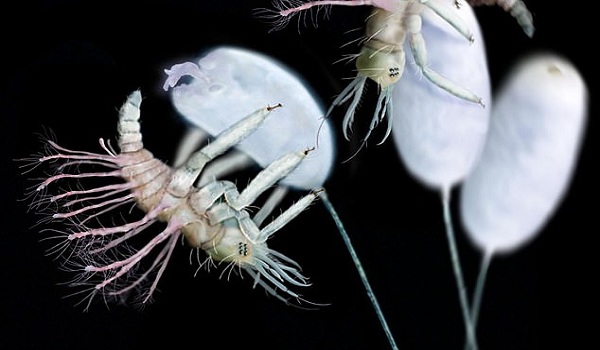Four pin-sized insects that lived 130 million years ago and were killed by tree resin immediately after hatching have been found in a chunk of Lebanese amber.
The discovery marks the first ever fossilised evidence of the short-lived tool the bugs used to break free from their shell, known as ‘egg bursters, according to Daily Mail’.
Scientists aren’t sure exactly how the creatures died but their rapid entrapment sheds new light on the evolutionary history of ancient bugs.
Many modern-day insects still employ ‘egg bursters’ to break free of their shell but they rapidly disappear once the animal has exited.
Scientists have said that finding prehistoric evidence of these features is unprecedented.
‘The structures that make hatching possible tend to disappear quickly once egg-laying animals hatch, so obtaining fossil evidence of them is truly exceptional,’ said study author Dr Michael Engel, a scientist from the University of Kansas.
Pieces of eggshell were also found next to the animals which are roughly the size of a pinhead and ancestors of today’s green lacewing.
Scientists believe that the onset of the resin likely happened very quickly due the fact some of the unfortunate insects were still clutching their shell.
Similarities with the green lacewing and the first fossilised evidence of the short-lived hatching tools indicated to the researchers that egg bursters has remained integral to insect life for millions of years.
‘Egg bursters are diverse in shape and location,’ said study lead author Dr Ricardo Pérez-de la Fuente, a scientist at the Oxford University Museum of Natural History.
‘Modern green lacewing hatchlings split the egg with a ‘mask’ bearing a jagged blade. Once used, this ‘mask’ is shed and left attached to the empty egg shell, which is exactly what we found in the amber together with the newborns.’
N.H.Kh

